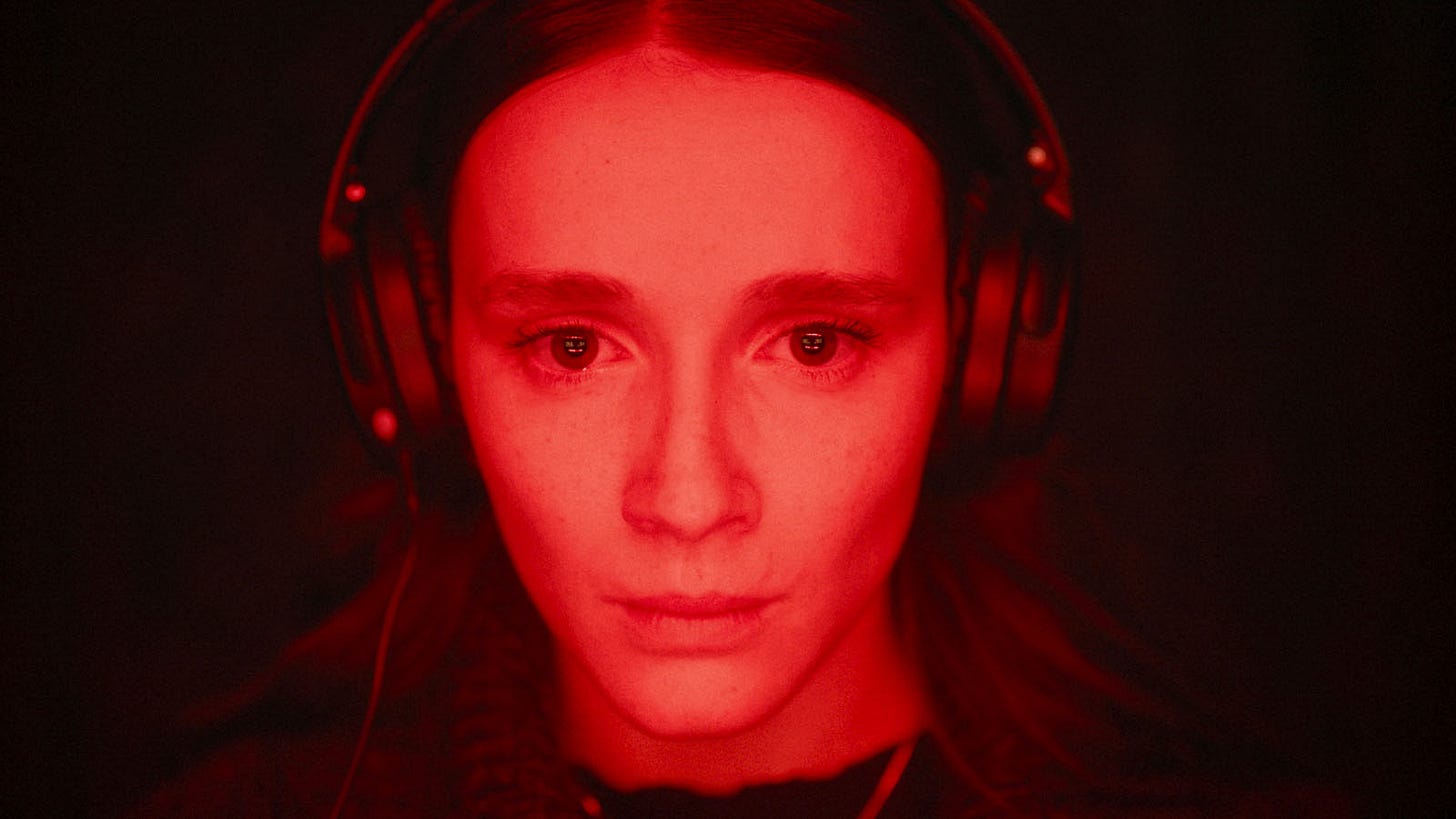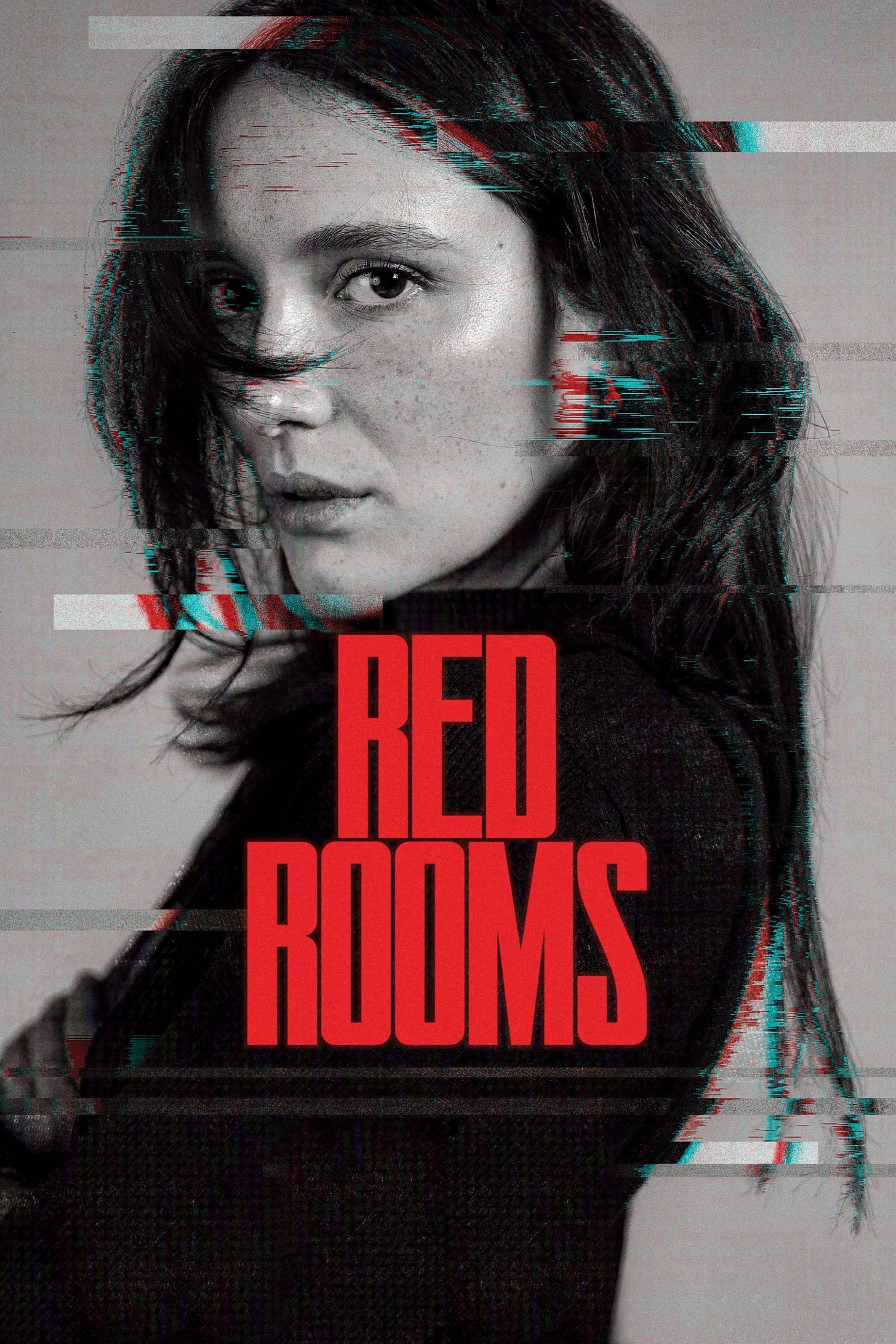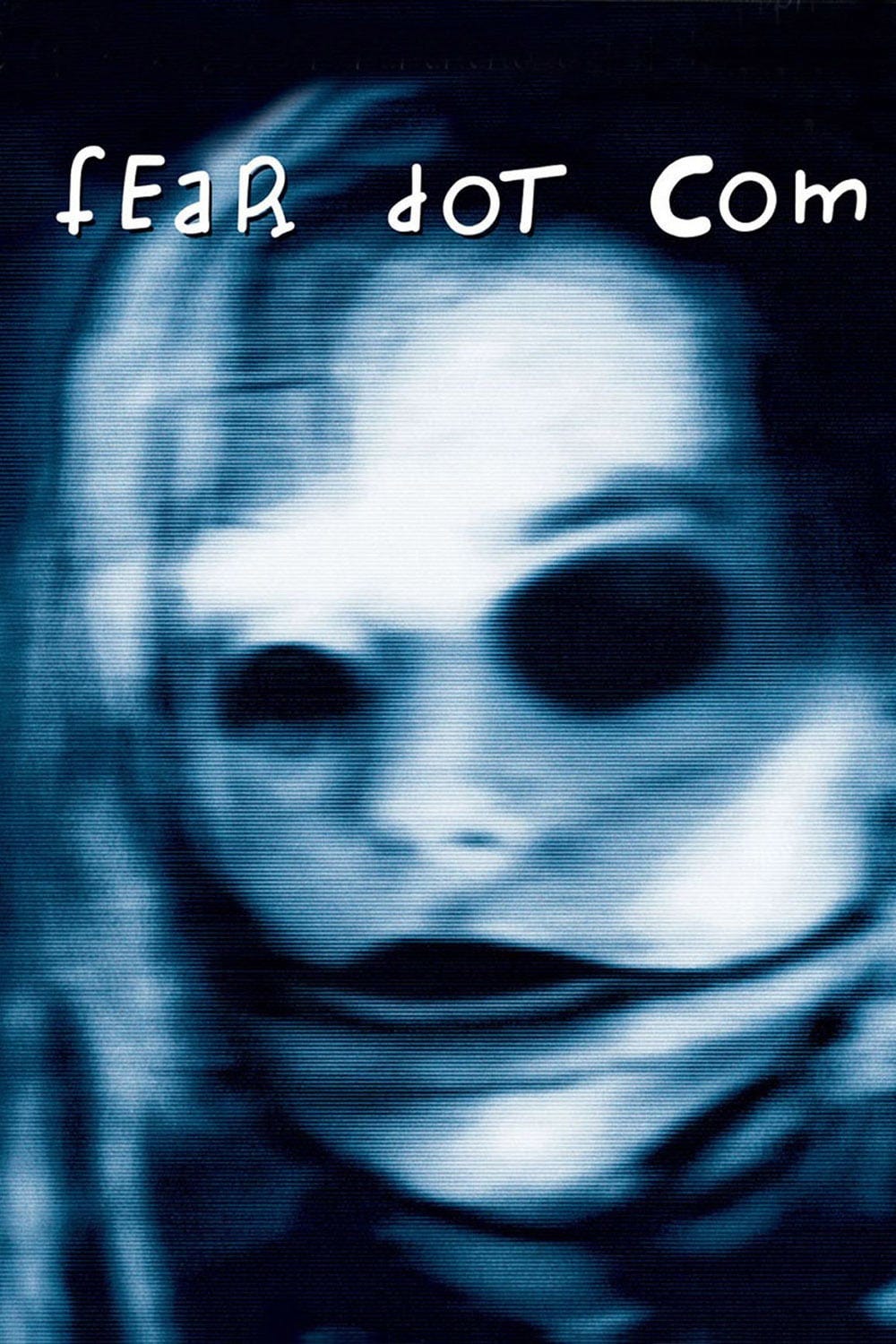Today at Bleeding Eye Cinema, we are breaking from format before the format is even set!
The F CinemaScore Double Feature series looks at films which earned an “F” rating from polling company CinemaScore and pairs those films with thematically similar films. This installment, which compares the 2002 horror film FearDotCom and Pascal Plante’s techno-thriller from last year Red Rooms, is Part 2 of the series. You can find Part 1 at CineFiles Movie Reviews, my other website. Future installments will be published right here at Bleeding Eye Cinema, sporadically throughout the year.
There were multiple technophobic films about the horrors of the Internet that I could have paired with FearDotCom, William Malone’s 2002 horror-thriller about mysterious deaths stemming from the use of a scuzzy website. I considered Untraceable, the Diane Lane-starring film about a dark web serial killer (one of the worst films I’ve ever seen). I thought about the creepypasta obsession of Slender Man (one of the worst films I’ve ever seen). But then I turned to something slightly different: a good movie. I may have to squint to notice the similarities, but at least it saves me the headache of sitting through two horrendous films back-to-back (not that that’s a foreign concept to me).
So today we examine FearDotCom and Red Rooms, a savvy and unsettling thriller that came out last year and is certainly worth your time.
Red Rooms
For what little it’s worth, Red Rooms has a premise that bears resemblance to the aforementioned Untraceable. A killer records his criminal acts for a paying audience on the dark web. What’s more important is that Red Rooms does it well, where Untraceable renders the idea into pulpy nonsense.
Pascal Plante’s film begins in the guise of a procedural courtroom drama. The prosecution lays out the case for the accused, one Ludovic Chevalier. (Coincidental though it may be, the alleged murderer has a name one letter removed from the Ludovico Technique that “cures” Alex in A Clockwork Orange. Both texts, to different degrees, engage with the notion of exposure and what it means to be exposed to representations of violence).
What Red Rooms accomplishes that most other be-afraid-of-the-big-bad-tech movies fail to do is illustrate the ease with which dangerous and criminal actors can commit their crimes. Instead of depicting with technical illiteracy outlandishly egregious behaviors, Plante shows through his central character the simplicity of everyday data breaches. The murders that jumpstart the plot are a gateway into more realistic representations, where the real villain is something more elusive yet truer to life. Scandalous true crime narratives are a titillating fascination, but the more common infractions that come and go do their own damage.
In the case of Red Rooms, the two themes combine into the cipher that is Juliette Gariepy’s Kelly-Anne. Gariepy is riveting as the impenetrable woman quietly obsessed with the Chevalier case. It is exceedingly difficult to ascertain anything from Kelly-Anne’s face in most scenes, which adds to the haunting and disturbing events as they unfold.
Red Rooms is fantastic. It is a low-key thriller with an ever-growing anxious quality. The confidence by which Plante holds on characters’ gazes, and the triumphant deployment of the film’s score in key situations, propels drama that in another filmmaker’s hands might become too sedate. It is, in terms of quality, the antithesis of FearDotCom.
FearDotCom
The plot of FearDotCom plays out like a rejected X-Files spec script elongated to feature length. A mysterious ghost girl presents herself at the time of people’s deaths, deaths that result after the people act fearfully and irrationally. Meanwhile, two experts – a detective (Stephen Dorff) and a worker for the Department of Health (Natascha McElhone) – investigate mysterious deaths which they initially believe are viral in nature (and, yes, the dual nature of the term “viral” plays into this story in the exact way you would expect). They soon discover that there is something stranger at play. Something that the film does not know how to properly explicate.
Whether the film is an intentional riff on the J-horror craze that was occurring at the time, the backstory is glaringly reminiscent of something like Ringu. But perhaps my brain wants to make that connection because this came out just a few months prior to Gore Verbinski’s hit remake, The Ring. In any case, Roger Ebert at the time compared the visuals of the final act to James Whale and Jacques Tourneur, so at least I am in good company when it comes to misplaced allusions.
Ebert surmised that this would be a great film to watch with noise-cancelling headphones. Don’t listen to the story; just watch the screen. For the period, the glimpses of CG could be worse. And there are occasional images that are evocative (though evocative of what, I’m not quite sure).
The film could be seen as taking a rather reactionary stance to the Internet. “The Internet offers birth, sex, commerce, seduction, proselytizing, politics, posturing,” Stephen Rea’s homicidal doctor says to one of his torture victims. “Death is a logical component.” The Internet is a place that permits “perversion,” and thus online snuff films are a logical progression. At the same time, because it is difficult to discern what this mad doctor’s ramblings have to do with the rest of the nonsensical plot, it is similarly difficult to ascertain what, if anything, the script wants to say about the Internet.
FearDotCom is not quite as bad as its reputation and F CinemaScore make it out to seem. McElhone is fairly good. And the police procedural elements of its plot could be far worse, even if the horror angle of the film leaves much to be desired. The film’s major sin is being monotonous and boring, with its limp scares doing very little to jazz things up.
The Crossover
Obviously, the major point of comparison between Red Rooms and FearDotCom is the seedy underbelly of online space. Both play off of the fears over what lurks behind screens and between router connections. That the two films come almost 20 years apart, however, makes for a nice diverging path. Red Rooms takes pains to lace its court proceedings with explanations for how its triple murder could become a dark web fascination. The Tor browser is described in detail, for instance, down to the reasons why criminals and non-criminals alike may elect to anonymize themselves through it.
FearDotCom, meanwhile, imbues its killer website with a supernatural mystique. Far from providing a technological explanation, the film makes the horror a magical construct: something online is so unimaginably evil that it warps the mind and eventually kills the body. The script glosses over whatever pseudo-technical explanations – your supercomputers and “neuronets” and ghost computers – as quickly as it can so as to avoid scrutiny. What is of importance to the film is not the Internet so much as it is lunatic doctors and literal ghosts. The doc hammers on with mumbo-jumbo regarding the evils the Internet allows for, but the fear of a “dot-com” world feel mostly like a pretense to market a film on.
In terms of how the films depict the vile, murderous goings-on on their respective Internet channels, FearDotCom creates an amalgamation of Videodrome and the torture sequence of Marathon Man: crazy doc tortures, and a loose metaphysical link extends the sensational content into the waking world of its viewers. It doesn’t all come together in a coherent way, and none of the depictions of the Internet are sound. It is perhaps worth noting that the film beat the American The Ring to theaters. That said, judging solely on the F CinemaScore, horror fans were much more willing to buy into the latter’s cursed imagery montage than the aesthetically similar (yet by no means similar quality) montages in the former.
To put FearDotCom and Red Rooms into conversation with each other is not to say that time has increased our ability to represent cultural fears of technology in our fictional media. Red Rooms may do it adeptly, but 2024 also saw the release of AfrAId, an AI boogeyman movie that rips from the headlines with hardly any nuance at all. In truth, what the comparison shows us is that technological literacy is crucial, and that it has been really since the beginning of commercialized network communication. Knowing how your technology works is exceedingly important. And, if nothing else, higher tech literacy will produce better media representations, so that we may avoid AI-deepfakes-as-jump-scare cinema. That’s the dream, anyway.







